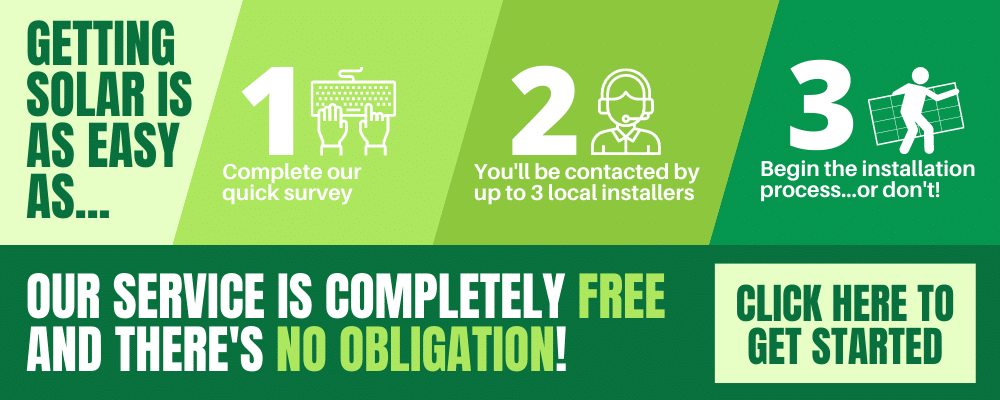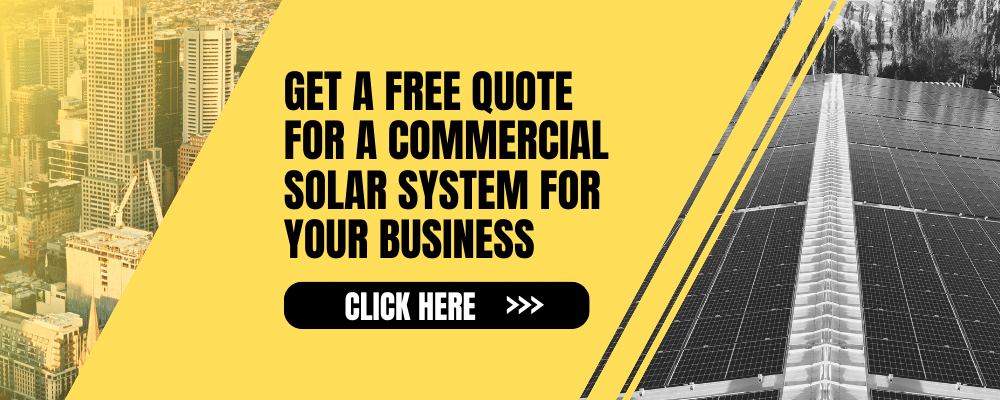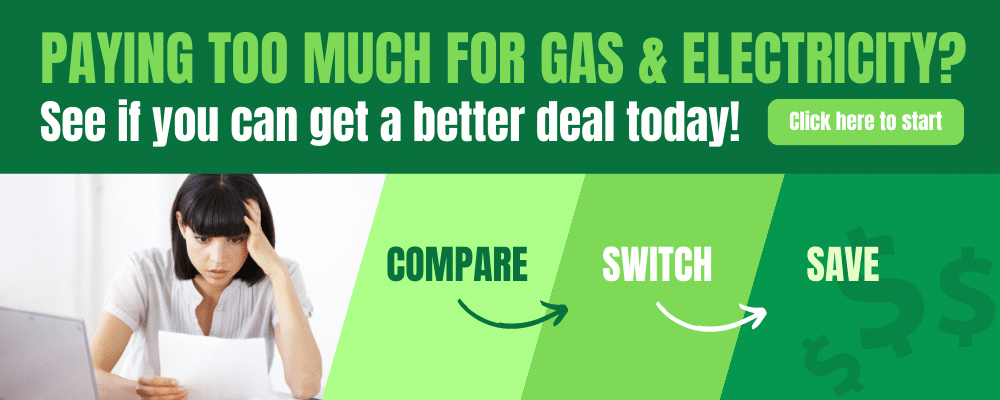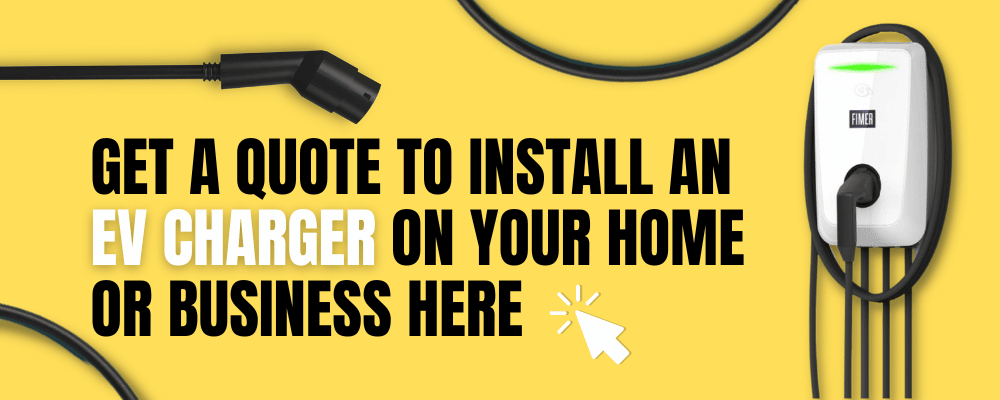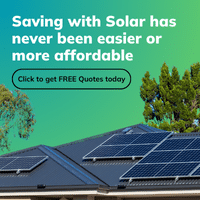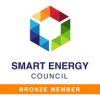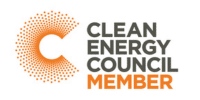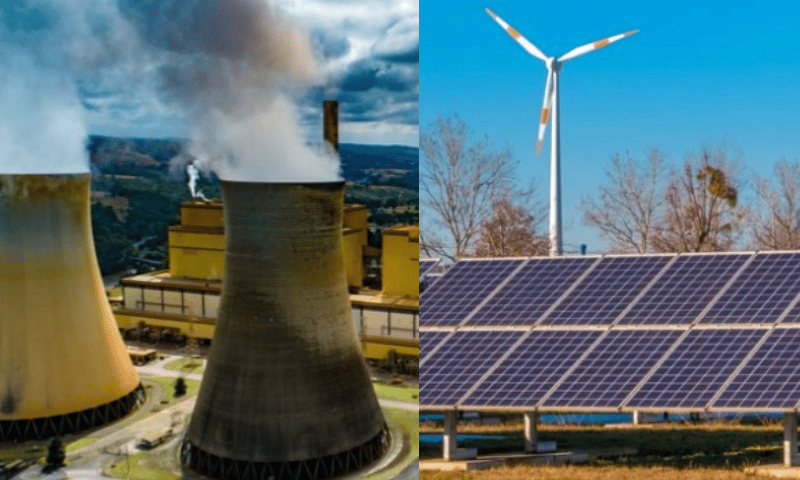
There is excellent news for the planet: solar and wind power is now the cheapest power at the scale that a major utility would deploy. It is less expensive than natural gas-fired power plants and considerably cheaper than coal and nuclear.
CSIRO and AEMO
According to the Commonwealth Scientific and Industrial Research Organisation (CSIRO) and Australian Energy Market Operator’s (AEMO) GenCost, 2021-22 report, wind and solar are the cheapest electricity generation and storage sources in Australia.
The report concluded that wind, solar and batteries will continue to become cheaper once the current inflationary cycle ends. It highlights a range of scenarios to help predict the mix and cost of potential technologies in the future.
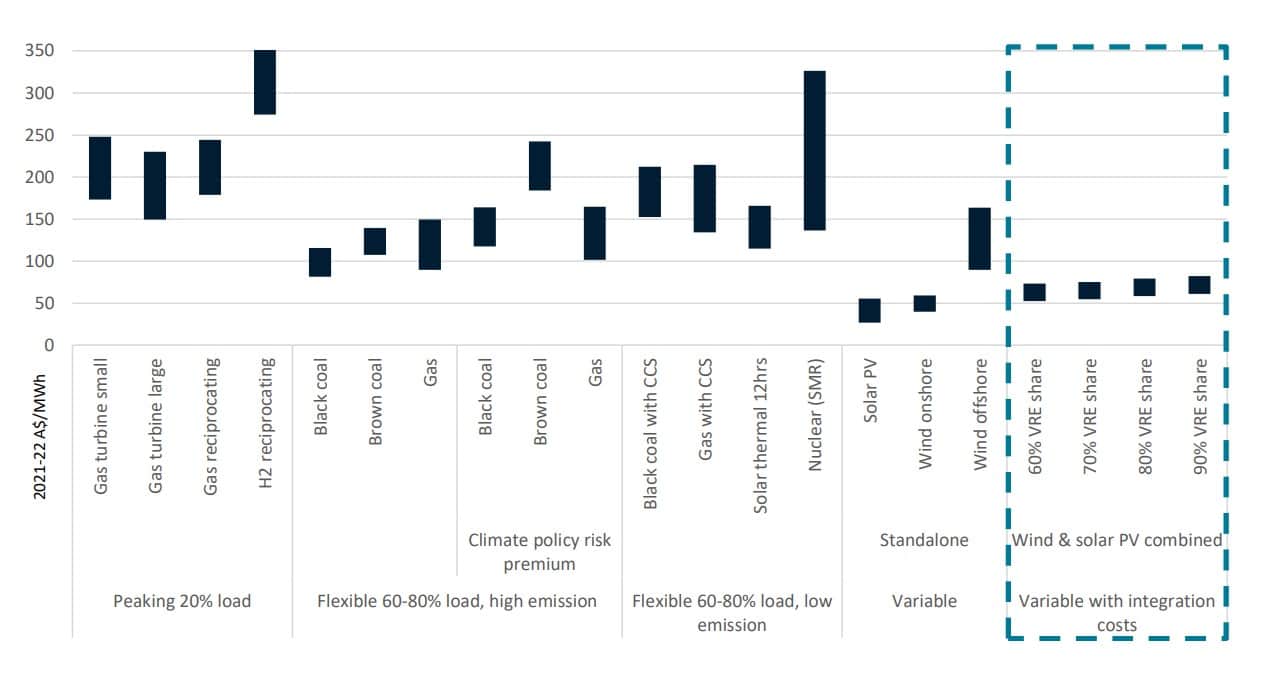
These findings from globally renowned CSIRO and Australia’s national energy market operator show that the Albanese Government is on the right track with its Powering Australia plan that will enable the shift to a renewable grid. The best way to reduce energy rates for individuals and companies is to encourage further investment in renewables, which is exactly what this administration is doing.
The government is implementing a long-term plan for energy reform, which will provide the certainty that investors in the energy sector have been missing for far too long. The paper explores a variety of future scenarios to understand the mix of technologies that may adopt as well as the costs associated with each of these conceivable scenarios.
Australia is not at 100 per cent renewable energy sources
Building an entirely new energy industry takes time. It has taken decades to grow renewable energy from virtually nothing to around 24 per cent of electricity production in Australia in 2021.
In the last 10 years, the data shows a rising unwillingness to spend more money on outdated coal infrastructure and increasing knowledge that renewable energy will drive the future.
And while solar and wind are now competitive, there remain some engineering and market challenges before we can be 100 per cent renewable.
Australia is exceptionally ideally placed to cope with the problem of intermittency – which is the term used to describe the reality that renewable energy can frequently only be produced in certain precise situations, such as when it is sunny or windy.
One major example is the National Electricity Market, which connects Queensland, New South Wales, the ACT, Victoria, South Australia, and Tasmania via one of the world’s longest interconnected electricity grids.
That means the power can reach Melbourne when it is sunny in Brisbane. And when it’s windy in Adelaide, power is available in Sydney.
Energy storage: Problem with the solar energy transition
Wind and solar also have one significant drawback: they are intermittent. Solar doesn’t help you in the middle of the night, and a wind turbine doesn’t help when the wind isn’t blowing.
To have consistent, 24-hour power, you must supplement them with another “baseline” source, such as energy storage.
Traditional lithium-ion batteries were the leading technology available for storing energy ten or even five years ago. Still, they were mostly too expensive and inefficient to be employed on any scale.
However, technology generally develops in lockstep with markets, and battery development has accelerated worldwide as renewable energy generation has expanded.
Many battery technologies are now being developed and are less expensive for many applications. Some will be better suited to longer-term commercial solar storage, while others will be ideal for home or electric vehicles.
Prices are expected to decrease as technology advances and thanks to commercial and residential generous Australian government rebates and incentives. When comparing cost per kilowatt-hour capacity, even traditional lithium-ion batteries have dropped in price by 97% since 1991.
Energy Matters can help you make an informed decision and the perfect option on the suitability of a solar battery with our Solar Power and Battery Storage Calculator.
Get a quick up to 3 Free, no-obligation Solar Quotes for a price on the best solar battery-ready system or solar package with storage. Energy Matters can connect you to our local trusted solar installers in Melbourne. Get your free solar quotes today!
Is solar energy cheaper than coal plants?
Building and operating a wind farm or solar PV panels are now far more cost-effective than building a new fossil-fuelled power plant like coal. Once a wind or solar farm is in place, generating electricity is free. That is different when coal and gas have to be continually extracted from the ground to provide power, as has been the case historically.
The falling cost of solar PV and wind energy means that when a coal plant reaches the end of its useful life, it makes no financial sense to build a new one – even before considering climate change and carbon pricing.
Why has the cost of electricity from solar generation dropped so sharply compared to fossil fuels like coal?
The cost of coal and nuclear power is primarily determined by the price of the fuel burned and the plant’s operating costs.
Solar power has relatively low operating costs and no fuel costs. As a result, the technology itself is the primary driver of solar power generation costs.
For electricity from solar power generation to become more affordable, the price of solar panels first had to reduce, which only occurred as produced more of them, and manufacturers reached economies of scale.
While this would have happened naturally as improvements to the manufacturing process were discovered over time, the global push towards renewable energy generation is likely to have accelerated manufacturing process improvements.
More solar modules were deployed as demand for them increased. As a result, prices fell, creating additional demand.
A solar panel converts sunlight into electricity using photovoltaic cells. Electrons that generate electricity are liberated when a solar PV panel absorbs light.
The generated electric current can be used as a direct power source or stored in batteries as a backup power source.
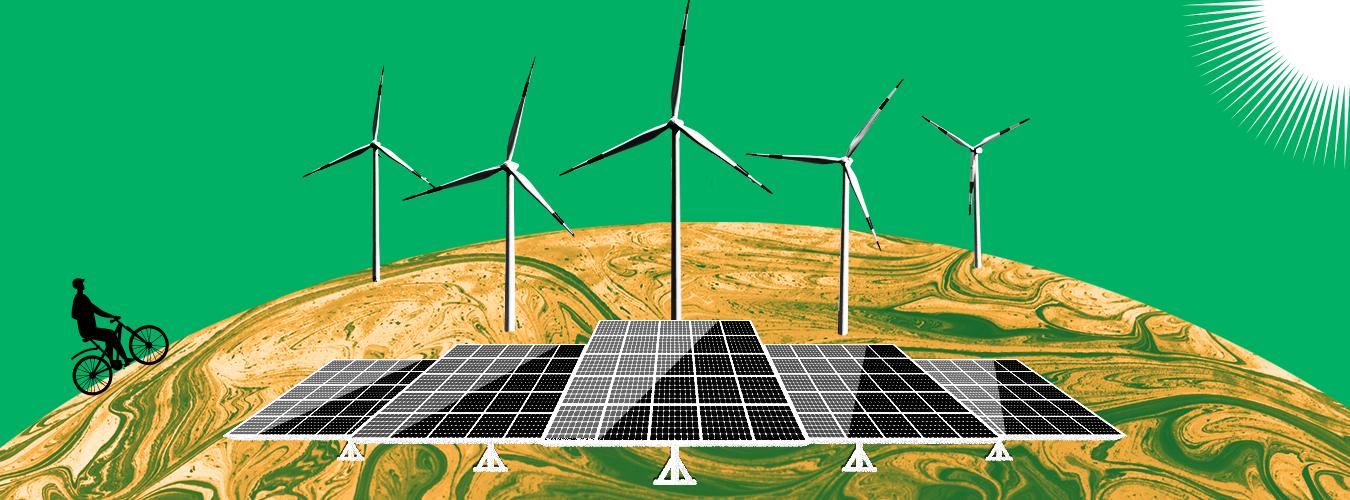
Even better, solar and wind technologies are continuously improving, increasing the amount of power you can create in a given location while decreasing costs even further. Given the increasing severity of the effects of climate change, the fact that green power is now cheaper than coal power is quite encouraging.
Energy Matters has been a leader in the renewable energy industry since 2005. Contact us today, and we can connect you with our trusted local installers, who will provide up to 3 FREE solar quotes for your home and business solar energy system. Complete our quick quiz and begin your solar journey today!





